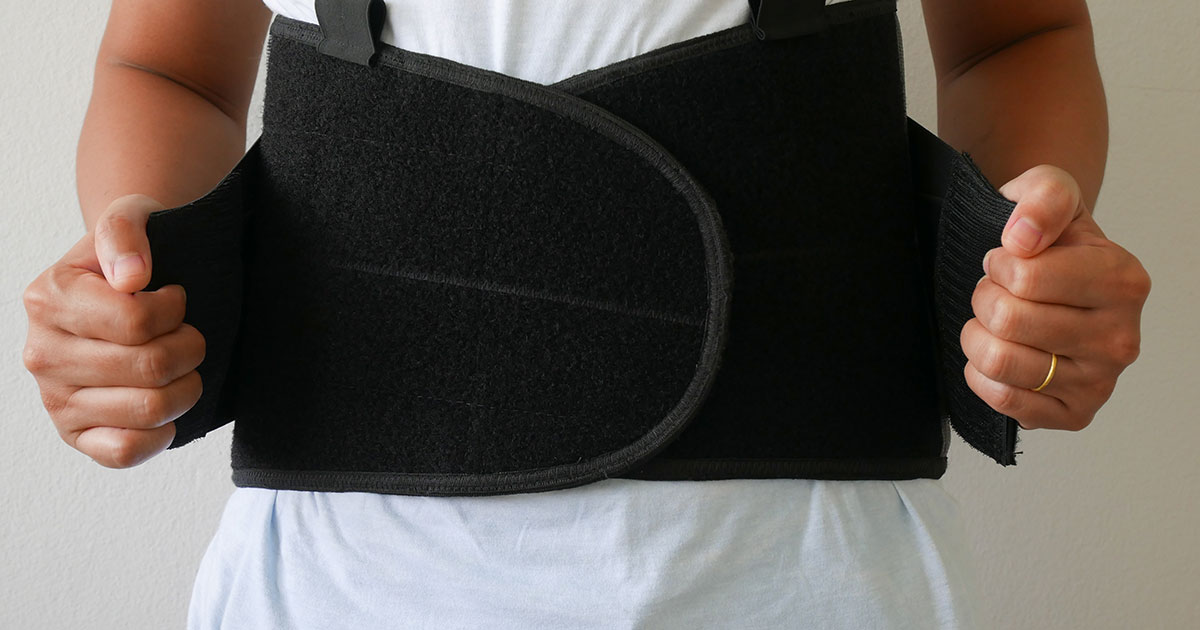How To Relieve Spondylolisthesis
Spondylolisthesis is a condition, commonly called a slipped disc, that affects the lower vertebrae of the spine and causes one of the vertebrae to slip forward onto the bone right underneath it. The condition can occur in adults and children. Additionally, it is a contributing factor to spondylolisthesis occurring is thought to be participating in certain sports, like gymnastics, diving, and football. It can cause a lot of pain, but there are usually various ways to mitigate the symptoms. Get to know the most effective ways to treat spondylolisthesis and live a healthier and pain-free life now.
Spinal Fusion
Spinal fusion surgery may be necessary if the slippage is so great that nonsurgical methods will not correct the problem or if the bones are compressing nerves in the spine. In this surgery, doctors replace the spacing between the vertebrae with bone grafts left when a damaged disc is removed. The bone graft will fuse two vertebrae and prevent them from moving independently. To ensure stability and increased success in the procedure, doctors can place plates, screws, and rods along the spine, which will also help the spine heal faster. After spinal fusion, patients might have limited flexibility, so they will have to learn how to do certain things, like walking, sitting, and standing. Without learning these things, safety could be compromised.
As with many surgeries, there can be complications, including the surgery not relieving the pain and discomfort caused by spondylolisthesis. Some of the complications include blood clots, infection, respiratory problems, wound healing problems, and heart attack. It might take a few months to heal from the surgery, but the symptoms and strength should improve during this time.
Keep reading for more on treating spondylolisthesis.
Wear A Back Brace

Wearing a back brace can help with symptoms and support of the spine, reducing the pain from spondylolisthesis. Braces are usually made of hard plastic and can be made to custom fit, or patients can try a ready-made version. However, a custom fit will make sure it is contouring to the patient's body and provide less irritation and better fit. To get a custom fit brace, the orthotist will have to make a mold of patient's body and have the brace made in that form. Patients will receive instructions with their brace, including when to wear it. Just like any brace or orthotic, the amount of time it's used will start small and increase over time. This allows the body to get used to the device and begin to adjust to the support it is providing. For the most part, the brace will need to be worn under clothing. The exception to this is patients should wear a snug t-shirt under it, as this absorbs sweat and reduces the chance of skin irritation.
Learn more ways to treat spondylolisthesis now.
